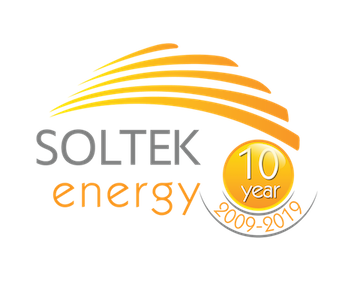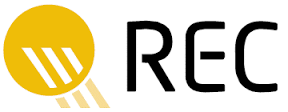

Finn's REC Panels Review & Verdict
Finn Peacock has been a Chartered Electrical Engineer since 1998, and is ex-CSIRO
Expensive but excellent. Low degradation, class-leading heatwave performance and mechanical robustness. If you want the best, buy REC Alpha panels. I put them on my family home and love them.
REC Panels: Pros & Cons
- Excellent quality
- First-world Singapore manufacture
- Excellent product support
- Great yield, efficiency & warranty
- Strong panel frames with twin reinforcement bars across the panel
- On Finn's roof
- Visual defects showing up on REC Alpha pure modules (assured as not being detrimental to output)
- Not cheap (but you get what you pay for)
About REC
REC is a manufacturer of high-quality solar panels. They make panels in Singapore using silicon produced in Norway and have an Australian office in Melbourne.
They sell three series of panels:
- TwinPeak 5
- Alpha Pure
- Alpha Pure-RX
Some characteristics shared by all of them are:
- High efficiency
- Strong frames
- Above average hail resistance
- A long product warranty of 20 or 25 years
On top of this, their two Alpha series panels also have:
- Zero lead content
- High resistance to efficiency loss from heat
- Excellent performance warranties
REC panels are reliable and well-supported in Australia, so SolarQuotes has no problem recommending them. But be aware they're aimed at the premium end of the market and aren't the lowest-cost panels around.
Company History
Here's the company history in a numbered nutshell:
- Began in Norway.
- Built panel factory in Singapore.
- Ceased Norway panel production.
- Bought by Chinese chemical company.
- Sold to Indian oil conglomerate.
- Always making high quality panels.
Below is the company's history after being taken out of its nutshell and stretched out...
REC stands for Renewable Energy Corporation. But when founded in 1996 it was called Fornybar Energi, which is simply Norwegian for "renewable energy". It became REC in 2000 when it combined with two other companies.
REC used low-cost Norwegian hydroelectricity to produce monosilicon for solar cells and assembled solar panels in Norway. In 2010 REC completed their Singapore factory which was designed to lower labour and assembly costs. This must have worked because, within a few years, they shut down all Norwegian panel manufacturing.
In 2015 REC was bought by the Norwegian company Elkem and this company was owned by the giant Chinese chemical and animal feed company, Bluestar. In 2021 they sold REC to the giant Indian conglomerate, Reliance Industries. This is a collection of companies mostly involved in oil but with a desire to diversify.
The REC group still produces silicon in Norway but Singapore is the only place they manufacture panels. They still claim their headquarters are in Norway but don't even bother to put the address on their website. There's a Singapore address instead. This makes me think their Norwegian headquarters are just for show or possibly a place they send workers who pine for the fjords.
REC Production
REC claims to have produced a total of 13.4 gigawatts (GW) of panels between 1996 and the start of 2023. Around 1.4GW was produced in 2022. While that year's output represents around three million panels, that's only enough to make them a small manufacturer. In 2022 the world's largest solar company, Longi Solar, made around 34 times more.
Most of REC's production capacity is now for their Alpha panels. In 2022 they upgraded their capacity to produce up to 1.2GW of them per year.
Strong Frames
The frames of all REC panels are considerably stronger than usual. Instead of being a simple rectangle, REC has two cross bars providing extra strength.
REC panels can withstand 713kg per square metre on the front, which is 30% more than usual. If the panel is flipped around and the weight applied to the back it can withstand 407kg per square metre -- 67% more than usual. But just because a panel can take a lot of weight doesn't mean it should. It's still not a good idea to walk on them, jump on them, herd elephants across them, and so on. One benefit of the extra strength is it reduces the amount they flex in the wind, which can gradually degrade a panel's performance
Hail Resistant
The common standard panels meet for hail resistance is the ability to resist impacts from hailstones that are 25mm across and weigh 7.53g. But REC panels are made to withstand being hit by hail that is 35mm across and weighs 20.7g.
While all solar panels are designed to resist normal hail, having REC panels or ones of similar toughness, will improve the odds of them surviving a severe hailstorm undamaged.
Half-Cut Solar Panels
REC was one of the early adopters of half-cut solar cells and all their panels use this technology. Because these panels have more cell strings, they suffer slightly lower losses from shade than standard panels. This REC whitepaper explains how it works for TwinPeak panels. This used to be an important selling point for REC, but half-cut panels are now common, so it's no longer the big deal it used to be.
Efficiency
While this isn't set in stone, panels with efficiencies over 20% are generally considered to be high efficiency. This means all REC panels are in this category, as the efficiencies of their three panel series are in the following ranges:
- TwinPeak 5: 20.1% to 20.8%
- Alpha Pure: 21.1% to 22.2%
- Alpha Pure-RX: 21.6% to 22.6%
I'm writing this in September 2023 and at this time, the Alpha Pure-RX maximum efficiency of 22.6% comes close to the currently available solar panel maximum of 23%.
If you have plenty of room on your roof for the solar system you want to install, then panel efficiency usually isn't an important consideration. But if you are trying to fit as much solar capacity as possible into a limited area, then high-efficiency panels are very useful.
Panel Dimensions
REC's panel series have different dimensions with Alpha Pure-RX panels being the shortest and fattest:
- TwinPeak 5: 1.9m by 1.04m
- Alpha Pure: 1.82m by 1.02m
- Alpha Pure-RX: 1.73m by 1.21m
Depending on what your roof is like, it may be possible to fit more panels of one size than another. While high efficiency is good for making the most of limited space, being able to fit more panels can be even better.
Heat Resistance
Heat reduces solar panel efficiency. This isn't a huge problem, losses aren't large and higher temperatures in summer are more than made up for by longer days. Despite this, the lower the losses, the better.
TwinPeak 5 heat efficiency loss is just a smidgen less than usual for decent quality panels these days. But, thanks to having heterojunction solar cells, REC Alpha heat resistance is the best of any panels I know.
The efficiency of TwinPeak 5 panels declines by 0.34% for each degree over 25°C. This means when they are at 45°C they'll only produce 93% as much power as they would at 25°C.
The efficiency of REC Alpha Pure and Alpha Pure-RX panels only drops by 0.24% per degree over 25°C. This results in them producing 95.2% as much power at 45°C as they would at 25°C. This heat resistance is excellent but may result in only roughly a 1% overall increase in output compared to typical panels. This may not seem like much, but every little bit helps.
Warranties
Solar panels come with two warranties:
- Product warranties that cover faults and defects in materials and manufacture.
- Performance warranties that promise panels will lose no more than a set quantity of capacity each year.
REC Product Warranties
All REC panels have a minimum product warranty of 20 years, but if the installer is REC approved it increases to 25 years. In Australia, most installers using REC panels are approved by them, so you're likely to get the full 25 years.
REC Performance Warranties
REC performance warranties last for 25 years, which is the usual length. They promise the panels will retain at least 98% of their original capacity in their first year. After this, the annual decline permitted depends on whether they are TwinPeak or Alpha Pure.
TwinPeak 5 panels are allowed to fall in efficiency by up to 0.5% each year after the first, so after 25 years they'll retain a minimum of 86% of original capacity. While this isn't bad, it's not exceptional for good quality panels these days.
All REC Alpha Pure panels are permitted to decline in capacity by up to 0.25% each year after the first. So after 25 years they'll be at a minimum of 92% of original capacity. This 0.25% decline in capacity is exceptionally good and one of the smallest of any performance warranty. The only one I know that matches it is for SunPower Maxeon panels -- although theirs lasts a much longer 40 years.
REC's ProTrust Warranty
REC says if one of their approved installers is used, in addition to having your product warranty increased from 20 years to 25 years, they'll also cover labour costs for 25 years for systems under 25kW. They call this their ProTrust warranty. This sounds good, but home solar here is automatically protected by Australian Consumer Guarantees.
It's good that REC says they will cover labour, but it's something they should do anyway in this country.
Making A Warranty Claim
If you have a problem with your REC panels while they're under warranty, the first person you should contact is your installer. They're the ones who took your money and they have an obligation to ensure you were provided with a properly working system. If your installer is no longer around, you can contact REC directly. Their number is:
REC Melbourne Office: 03 9020 2056
The good news is you are unlikely to have a problem. REC says only around 1 in 14,000 of their panels require a warranty claim. Because most panels they've made so far aren't that old, this isn't the same as saying the odds of needing to make a warranty claim over 25 years are only 1 in 14,000. Despite this, it's still a good figure. But note it is possible for companies to massage these figures to make them appear better than they are.
Financial Stability
If a panel has a long 25 year product warranty, that indicates it's likely to be very reliable. But if you do need to make a claim, long warranties are only useful if the manufacturer is still around. Unfortunately, no matter how financially sound they may seem now, 25 years is more than long enough for a company to make a mess of things and go bust. So there's no guarantee any company will still be around after a quarter of a century.
REC was considered to be in a financially sound position seven years ago, but I'm not sure how they are doing now. Looking at how happy installers and homeowners generally are with their panels, I'd expect REC to be around for a long time. Unfortunately, positively regarded companies can still suffer financial problems and go bankrupt.
The main obstacles to REC remaining viable are stiff competition from other manufacturers that have been improving their panel quality and declining panel prices. I'm not an accountant, so I'm not qualified to comment on their current financial status, but if you're interested, you can check out this 2022 REC financial statement.
Lead-Free Panels
All REC Alpha Pure panels are lead-free and comply with the Regulation of Hazardous Substances (RoHS) directive that requires every component to be under 0.1% lead. While this may make it sound like it's okay for a panel that weighs over 20kg to contain 20g of lead, that's not the way it works. Because solder is the only part of a solar panel that normally contains lead and REC uses lead-free solder, it effectively eliminates it from their Alpha panels.
In addition to getting lead out, REC panels contain no detectable levels of nine other hazardous substances covered by RoHS.
If you are worried about lead exposure, the good news is there's no realistic chance of it occurring from installing panels that aren't lead-free on your roof. This is because the lead solder is sealed inside the panel and even if it's broken, it will take a long time to leach out. But reducing the amount of lead in panels is still a good idea as it makes recycling easier and safer.
Norwegians Are A Bunch Of Kerf Recyclers
REC produces monosilicon ingots in Norway and also cuts them into wafers used to make solar cells. The cutting process resulted in the loss of around 30% of the monosilicon as a grey silicon sludge called kerf. In 2020, they upgraded their plant to capture and recycle it. Along with other measures, they reduced the total energy required to produce silicon wafers by 61%.
Energy Efficiency
Mainly through recycling kerf, REC was able to reduce the energy required to produce 1kg of monosilicon wafers from 132kWh down to 52kWh. (While not stated, I presume they mean 52kWh of electrical energy.)
Their Singapore factory has also reduced the energy used per KW of panels produced by 28% from 2020. They currently use 106kWh of energy to produce 1kW of panels and around 1.8% of this energy comes from solar panels on the factory roof.
Rapid Energy Payback
Roughly 0.7kg of silicon is required to make a solar panel. This means REC uses around 140kWh to produce 1kW of solar panels. For one of their panels to generate as much energy as REC used to make it would take under six weeks when installed on a typical Australian roof.
Their figures do not appear to include energy used to create silicon feedstock from quartz, transport, or energy used by companies that supply REC with materials and components. Despite these omissions, the amount of energy they use to produce monosilicon panels is still impressively low.
Installer Endorsement
REC solar panels are popular among Australian installers. In the SolarQuotes Installers' Choice Awards, REC ranked 3rd in 2021, 2nd in 2022 and 1st in 2023. In 2025 they scored 2nd place. Given the amount of competition out there, that's a very good showing.
As far as I know, REC TwinPeak panels are not endorsed by David Lynch, director of the Twin Peaks TV series. But if I ever see him in an Adelaide food court, I'll be sure to ask.
My Recommendation
REC produces high quality, reliable solar panels and I would have no problem installing them on my roof. In fact, Finn already has them on his roof, where they work just fine. The company is currently listed on the SolarQuotes recommended solar panel brands chart.
Many other Australians seem to share our views based on the number, nature, and consistency of REC solar panel reviews and ratings below - feel free to add your own review if you're an Australian owner and have these modules installed.
REC has 5 solar panels in our database
Filter by:
REC Reviews (1174)
Show Most Relevant reviews from All time
- 5 star 1023
- 4 star 140
- 3 star 6
- 2 star 2
- 1 star 3
View Timeline
22 May 2025
An incentive was offered by SAE Group Pty Ltd for this review. Learn more here.
15 February 2025
14 February 2025
Even though I was advised that these panels might cost more than I needed to pay to get a panel on the roof I went with these panels because their hail impact protection was rated higher than most other panels. Front glass was 3.2mm compared with 1.6mm for other cheaper panels.
Furthermore, the degradation of energy output over time was lower than most cheaper panels.
A nice looking black panel.
02 July 2024
25 June 2024
26 April 2024
16 January 2024
02 January 2024
16 October 2023
26 September 2023
(Update one year later). Still happy with the REC. We have inverter strings facing SE, NE, NW, & SW. Each comes into their own at certain times of the year. The SE string works hardest just after sunrise on summer mornings. The SW string works hardest on those late (hot) summer afternoons. I would have liked to install more on the second set (SE and NW), but just ran out of roof space.
07 August 2023
They look stylish and my old mum, who notices everything, says you really have to look to see them. Mind you she's very short.
06 July 2023
18 March 2023
23 November 2022
My previous experience with caravan mounted solar panels from 2006 onward showed they got water leakage around their edges and lost performance after a few years.
After 6 months operation a hail storm caused 3 panels to get visible damage (craze and chip) marks. These were replaced through insurance but not without difficulties from the insurer to get REC panels rather than a cheaper alternative. None of the other 13 surviving panels appear to be rapidly losing output so far.
15 September 2022
20 July 2022
01 March 2022
They look great in the black.
Had the panels for a month now, and every day they are exceeding what was expected. The battery gets full by lunchtime (on a good day), and we are selling back to the grid daily.
05 December 2021
05 December 2021
We're really happy with their high consistent power output, we monitor the performance of our panels through our Solar Analytics installation.
08 October 2021
I send an email to REC on Facebook. They replied my questions very quickly and gave me a feedback of installer which i was considering.
REC panels has 25 year warranty with my installer.
11 August 2021
07 August 2021
A bit early to tell but the REC365AA Alpha look very modern, are performing well despite winter shadowing. The Clenergy black mounting add to the overall clean lines and orienting the panels in landscape enabled 18 panels to sit on main house roof.
2021 follow up
Panels have performed extremely well even on overcast days.
From Sept 2020 to July 2021
Lifetime energy 8.35 MWh Lifetime revenue AU$1,176.41 based on FIT of .16c
19 May 2021
29 April 2021
19 March 2021
15 February 2021
15 December 2020
I wanted a top tier panel with leading edge technology manufactured to the highest standards to give me some reassurance that the performance I'm getting now I should get in 15-20 years' time, and I was prepared to pay a bit more for that.
I have absolutely no regrets with my choice of REC Alpha.
15 December 2020
20 July 2020
29 April 2020
16 April 2020
We received a email in Dec 2017 to tell us that there was a potential fire risk with the Isolator switches and to turn off our system. Solarwide liased with the switch supplier to arrange replacement of the switches and we claimed and were reimbused for the time the system was off.
10 November 2019
27 August 2019
23 June 2019
29 May 2019
Installation happened on the 8th of May, so not really the best time of the year to measure solar collection ! In fact, during the 22 days since the installation we have had only 4 days WITHOUT rain or heavy cloud cover, (we needed the rain tho'). The Fronius Primo 8.2-1 inverter's log reports an average energy yield of 25.86 KwH which is 85.8% of our daily power usage as reported over our three previous power bills. And that's at the time of the year when the daylight hours are shortest. So, VERY, VERY happy with our 320watt REC Half-Cut panels !!
14 November 2018
I installed an above average size of 6.5Kw of solar panels. I have a relay which switches on at around 4Kw and off at 3.5Kw. This has my water heated by 10:00am on a good day and runs my filter plant. We do our dish and clothes washing in the early afternoon.
16 January 2025
11 December 2024
01 December 2024
17 August 2024
15 August 2024
13 August 2024
Daily Wi-Fi reports from the system do not indicate any drop in performance since installation. Very happy. One thing that I have purchased that turned to gold.
30 July 2024
EDIT: After one year, these panels are still performing excellently. In Winter, they put out about 5KwH which is enough to run everything in our 2 person household.
02 July 2024
30 June 2024
17 May 2024
29 April 2024
08 April 2024
30 January 2024























































































































































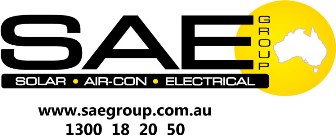
.png)

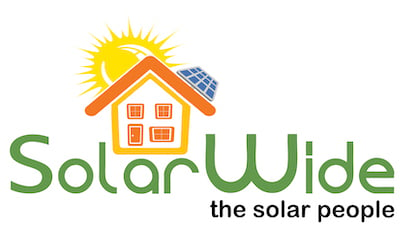


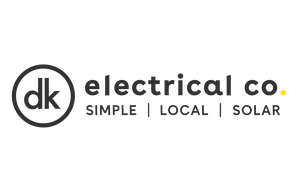
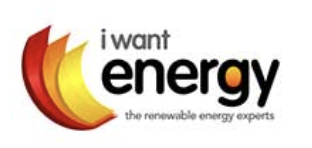
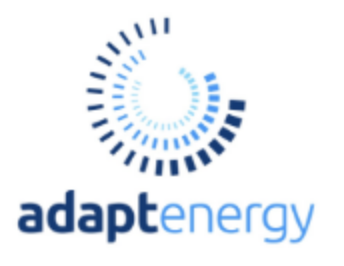



.jpg)

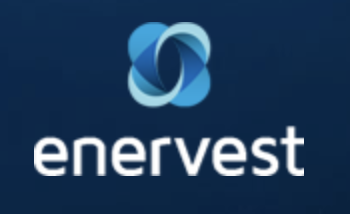
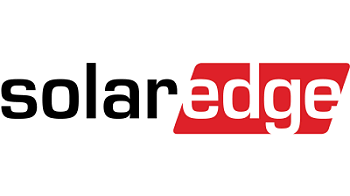

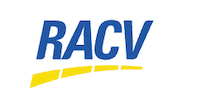
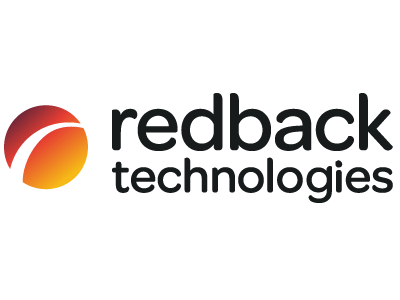


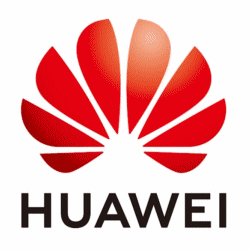


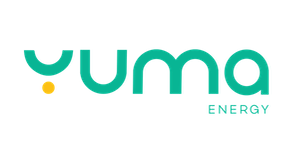
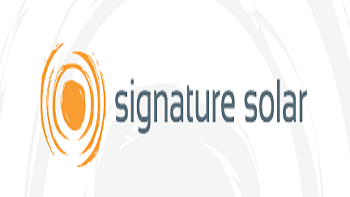
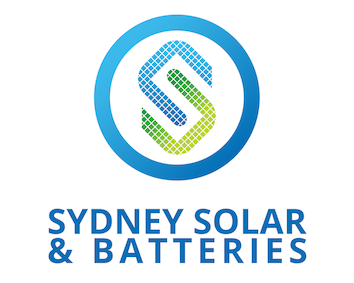
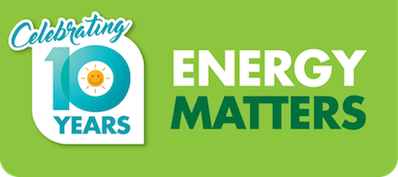
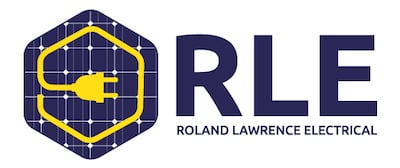
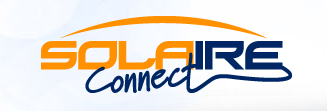
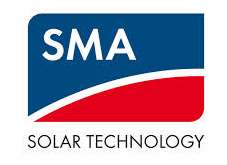





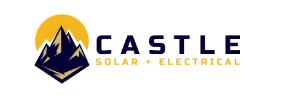
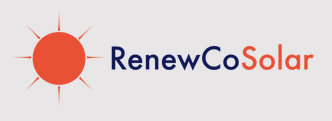
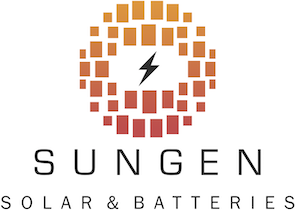
 (1).jpg)



